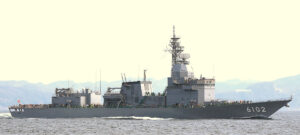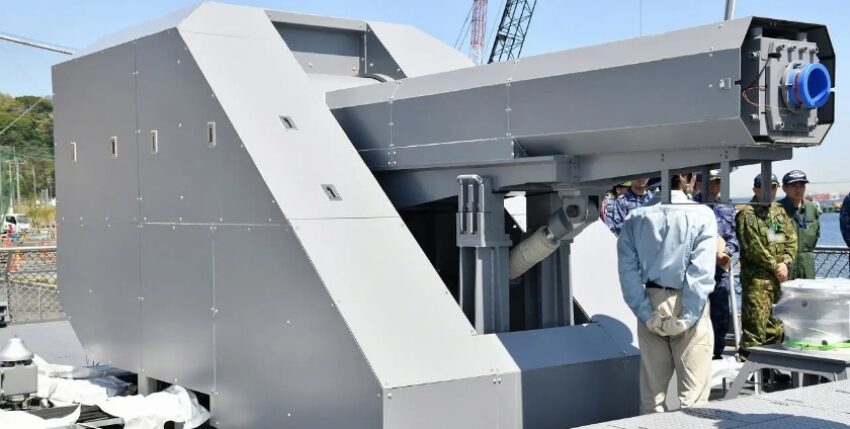The electric cannon - Japan's railgun project picks up speed
The subject of the "electric cannon" (railgun) is far from over: The Japanese Self-Defence Forces (JSDF) recently installed a demonstrator on board the test vehicle "Asuka" a 151 metre long ship with a displacement of 6,300 tonnes, which is strongly reminiscent of former US destroyers.
Between 2016 and 2022, a research facility of the Japanese Ministry of Defence developed a Electromagnetic acceleration systemprojectiles to over 2,000 metres per second can accelerate. The aim: greater ranges and a significantly higher kinetic effect on the target - far beyond what is possible with conventional powder ammunition.

An important development goal was to Stable tube life of at least 120 shotswithout noticeably reducing the muzzle velocity. This goal was successfully achieved. In contrast to conventional guns, where the explosion gradually expands the barrel, railguns utilise the power rails by Heat and friction which can also lead to a reduction in shooting speed.
While the previous tests focussed on Single shots the focus is now on the development of Continuous fire capability and Stable trajectoriesto achieve even elusive goals such as Hypersonic missile to be able to fight them. This requires not only an enormous electrical storage capacity, but also a high-precision fire control system that can deal with the changed ballistic parameters.
So far, however, it has No railgun ready for series production yet achieved. However, the International co-operation: The collaboration agreed last year between the Japanese research organisation and the Franco-German Institute Saint-Louis (ISL) is now beginning to take shape. ISL is recognised in Europe as a leader in the field of railgun technology - and could make a decisive contribution to reaching the next milestone.










